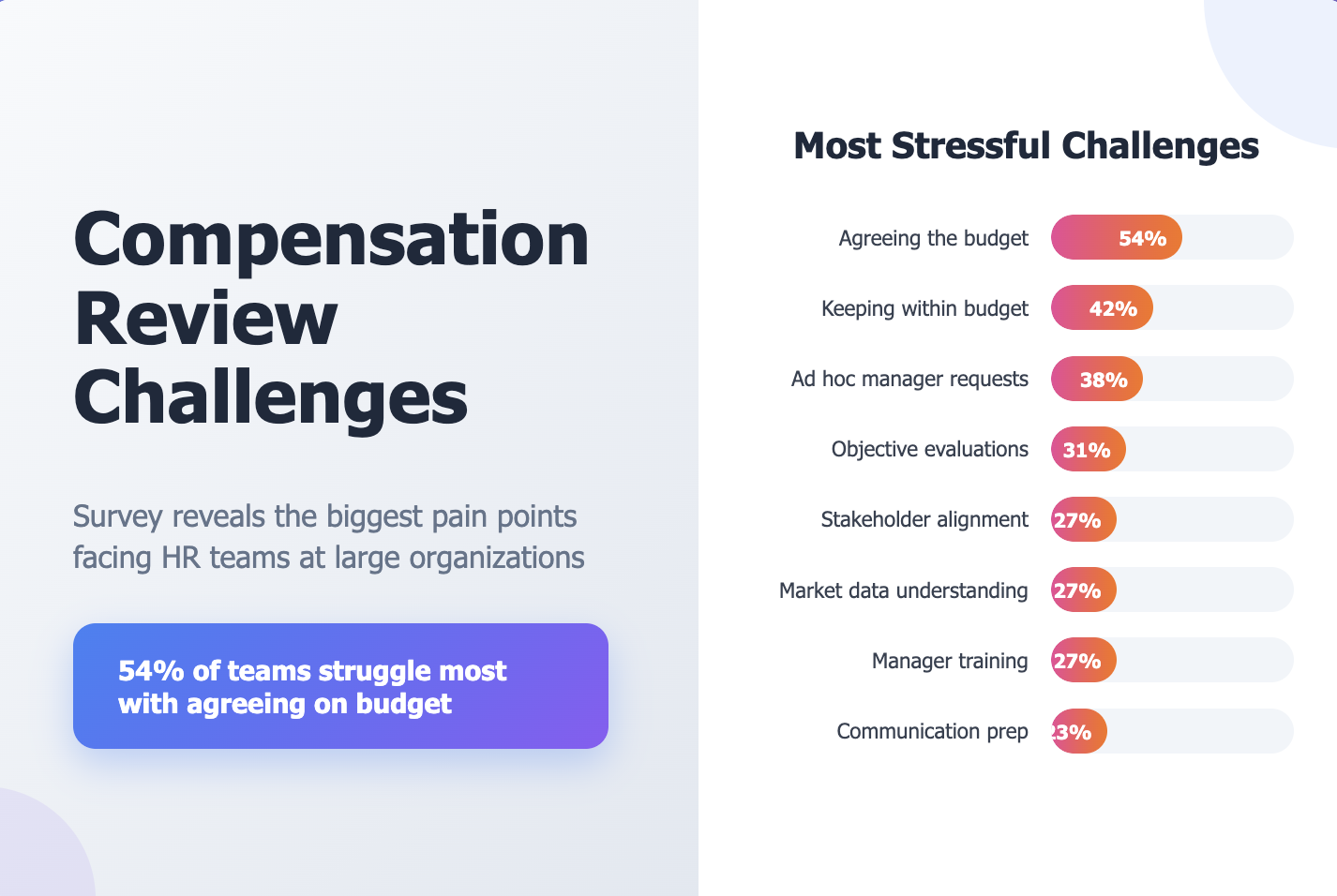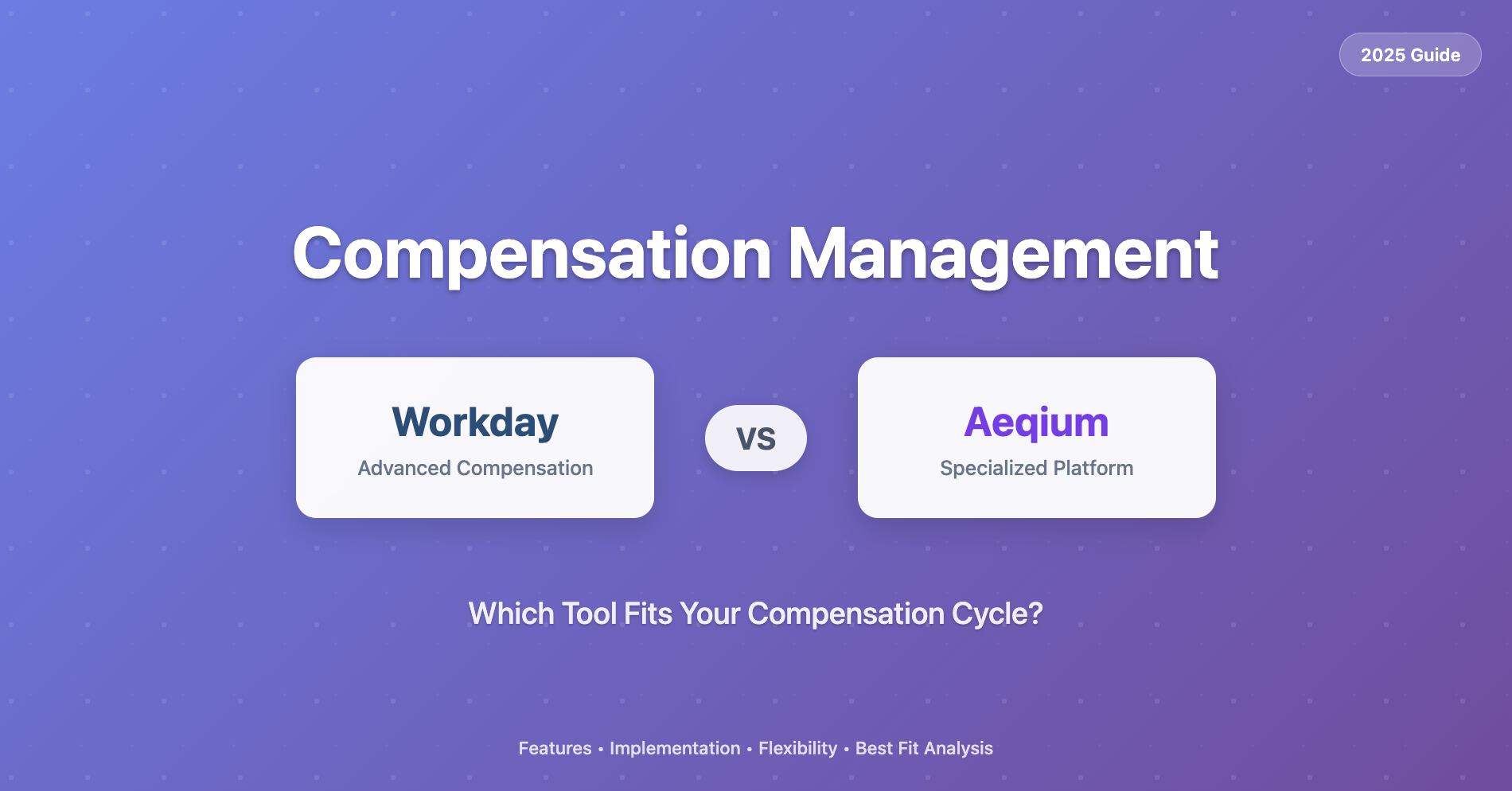Pitching Your Startup's Equity

Equity is one of your most valuable hiring tools at a startup. People join startups for more upside than they would get at a megacorp, and equity stakes are the primary way in which that upside is delivered.
But pitching equity is hard – outcomes vary wildly across companies, options are more complex than cash, and grant sizes vary so widely (earlier and senior employees get more), that most people have no idea what a "good" offer looks like. What's better – 2% of a Seed stage startup, 0.5% of a Series A startup, or 0.02% of a company that's about to go public? What if one of the companies has great investors, but the other has great traction? Most candidates don't have strong benchmarks for equity compensation, and this is only compounded by the fact that online advice ranges from good to bad, and from relevant to hopelessly out of date.
To overcome these challenges and hire effectively as a startup, you should devise a plan for pitching your equity to candidates that is accurate, informative, and compelling.
Equity is an Investment
Candidates have similar incentives to investors when it comes to assessing startup equity offers. Rather than investing cash, they're wagering their time in exchange for shares of their employer. And candidates have very little information about your company when evaluating offers.
As a hiring manager you have two primary jobs when pitching your equity. First, you need to describe your offers accurately and capture the nuance that goes into an instrument such as an ISO as well as possible. You also have to effectively pitch your company itself – candidates are investing your future, and need to understand why your stock is a good bet.
What to Share
To value an options grant, candidates need to know a few pieces of data:
- The percentage of the company that they'll own
- Number of shares
- The cost to exercise a share
Exercise cost is a straightforward calculation based upon exercise price times number of shares. Ownership percentage is trickier. In a startup's early days, percentages are compelling. 2% at seed stage is concrete: if we sold tomorrow for $50M, I'd be a millionaire! At this early stage you're pitching candidates on the future – and your candidate pool will include people who want the potential for life-changing outcomes.
But as equity offers shrink, percentages can become counterproductive. 0.02% of a Series D company sounds much less appealing than 2% at seed stage, even if it arguably has similar value. "0.02" just feels like a really small number. As offer percentages shrink but your company's fortunes rise, it's time to start focusing on cash value. Additionally, the people who join a mid-stage startup generally want more stability than early stage hires. From here on out, equity offers are best modeled in relation to cash outcomes.
As a rule of thumb, I would pivot away from pitches that focus on percentages once your grants fall below around 0.1%. Numbers below 0.1% feel really small, and once you're at this stage, you're established enough to start to model offers in terms of dollar values. A few strategies for describing offers in terms of cash are described below.
Telling the Equity Story – Liquidity Scenarios
One strategy for helping candidates value their grant is to provide benchmarks of successful liquidity events in your market, and explain an offer's value in terms of these potential outcomes:

This sort of analysis gives candidates a crash-course on your market: is this a space where companies have the potential to get enormous (marketplaces / consumer)? Is this a market where there are many acquisitions (marketing, security, developer tools)? Focusing on how your company could become a $3B business, and the value of a grant in those circumstances, simplifies the conversation dramatically.
The valuation scenarios that you present can be optimistic, but must be realistic. Candidates will talk to friends and mentors to understand their offers; if you provide wildly unrealistic projections, you'll lose credibility. Work with a team such as Product Marketing to craft a tight narrative around the market dynamics, total addressable market, and growth potential of your space.
Telling the Equity Story – Stock Appreciation
Another strategy for contextualizing equity value is to take an even more investor-like approach and look at the historical returns of the investment category – in this case, technology startups. This approach aims to provide an unbiased perspective based on public data. The returns for venture-backed startup portfolios are known and can be applied to help model startup outcomes. We've built a total compensation analysis tool to help you map out how an equity award is likely to grow.
With the wealth of available historical data on the performance of various technology startup categories, this strategy provides a straightforward, data-backed perspective on how candidates should value startup offers as an investor of their own time and money. This type of analysis also doesn't require you to make assumptions about dilution, and better accounts for the fact that many startups unfortunately don't reach profitable liquidity events.
Telling the Equity Story – Quick Heuristics
Other strategies for assessing annual value of an equity grant might include heuristics such as assuming that the 409A price of your shares will increase by (say) 3x, or assuming that your startup will sell for some multiple of its last valuation. These valuation mechanisms are cruder and not data-backed, but can provide a simple way to benchmark equity value.
Whatever strategy you take, it's critical to contextualize the value of your offers for candidates so that they understand the potential upside that they could realize from their equity.
Other Equity Goodies
There are a wide variety of compensation-related details with major implications for employees that aren't strictly tied to dollars and cents. Ensure that you and your team understand the nuances of these additional goodies to add value to your compensation package. For example:
- Do you offer RSUs (Restricted Stock Units) or ISOs (Incentive Stock Options)? Each has advantages that you should highlight. RSUs provide riskless compensation since employees don't need to pay to exercise an option. Conversely, ISOs can provide more total compensation due to potential tax advantages, although actually realizing these advantages comes with additional financial risk to the employee.
- Do you offer an 83(b) election for early exercising shares? If so, employees can gain favorable tax treatment by exercising ISOs early. 83(b) elections provide a major advantage to employees from a tax and flexibility perspective, especially in the early days of the company. Without this provision, employees can find themselves with high tax burdens or "golden handcuffs" in the otherwise happy event that the company takes off.
- Do you have provisions for extending stock option exercise windows beyond 90 days after an employee leaves the company? If so, departing employees are protected from a potentially tricky choice between wagering cash on a still-risky venture, or forfeiting all of the equity that they've vested. Extensions to your stock options exercise window are beneficial to employees and increase the chances that they can realize upside from their equity grants.
These equity details provide significant advantages to employees and can differentiate your company vs. others. Make sure that you and all of the hiring managers on your team have a full understanding of the additional advantages that you offer and can speak to why they are significant.
Crafting a Pitch
Once you have your details locked down, you should refine your equity compensation pitch into a high-level script that hiring managers or recruiters can use to close candidates. It's worth refining this pitch over time, both by looking at your close rate and also speaking with new hires after they've joined your company to understand what resonated. Happy hiring!




